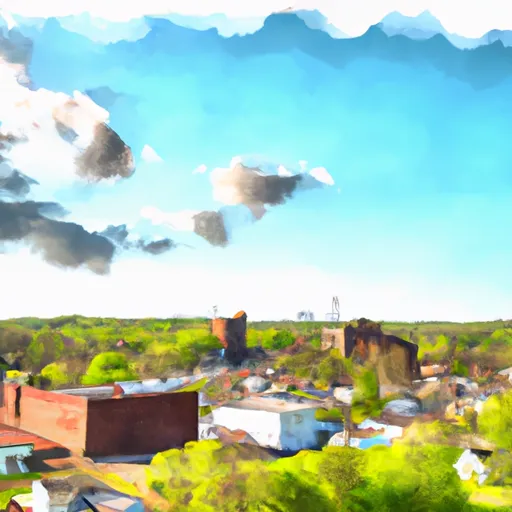°F
°F
mph
Windspeed
%
Humidity











Mount Blanchard is a small village located in Hancock County, Ohio. It experiences a humid continental climate with four distinct seasons. Summers are warm and humid, with average temperatures ranging from the mid-70s to mid-80s Fahrenheit. Winters are cold, with average temperatures ranging from the 20s to 30s Fahrenheit. Spring and autumn offer mild temperatures and pleasant weather.
The village is situated near the Blanchard River, which is a primary hydrological feature of the area. The river serves as a vital water source for the village and supports various aquatic species.
Outdoor enthusiasts can enjoy several recreational opportunities in the Mount Blanchard area. The Blanchard River offers fishing and boating opportunities, attracting anglers and water sports enthusiasts. The surrounding forests and parks provide hiking trails and camping areas for nature lovers. The nearby Blanchard River Nature Preserve is a popular spot for birdwatching and wildlife observation.
In conclusion, Mount Blanchard, Ohio, offers a pleasant climate with distinct seasons, relies on the Blanchard River for hydrological needs, and provides various outdoor activities for individuals to enjoy nature and explore the area's beautiful landscapes.
Weather Forecast
Mount-Blanchard receives approximately 942mm of rain per year, with humidity levels near 76% and air temperatures averaging around 10°C. Mount-Blanchard has a plant hardyness factor of 6, meaning plants and agriculture in this region thrive during a short period during spring and early summer. Most plants will die off during the colder winter months.
Nearby Snowpack Depths
2
Inches
Regional Streamflow Levels
133
Cubic Feet Per Second
56
Cubic Feet Per Second
1,050
Cubic Feet Per Second
462
Cubic Feet Per Second
Nearby Camping
| Camping Area | Reservations | Toilets | Showers |
|---|---|---|---|
| Seven Lakes State Park | |||
| Proud Lake State Rec Area | |||
| Holly State Rec Area | |||
| Sterling State Park | |||
| Camp Dearborn | |||
| Highland State Rec Area |



